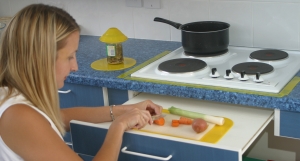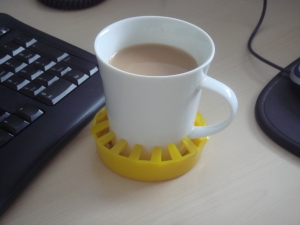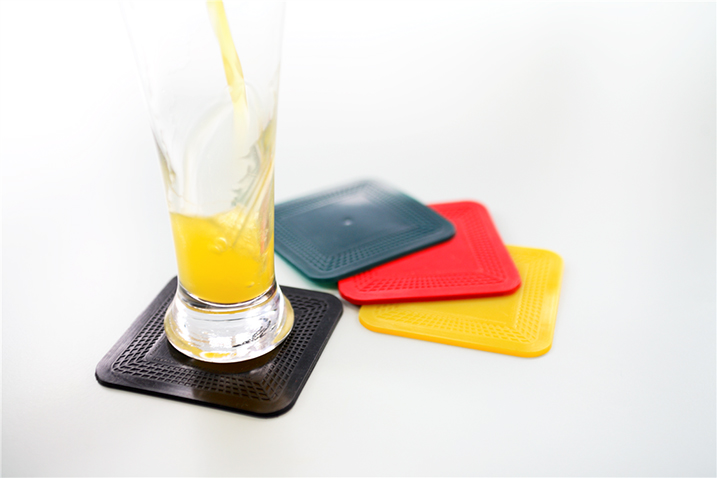
For those with visual impairments, Dycem Non-Slip is a fantastic aid to secure household objects in place, making them easy to find and use.
For example, putting a non-slip mat under your alarm clock will prevent it from slipping off the bedside table if you accidently hit the ‘snooze’ button with a little too much force on a weekday morning.
This use for Dycem, along with many others, were mentioned in a recent interview for Infosound– a charity that offers impartial advice to those with visual impairments. The interview featured Lesley Duroe from the RNIB, where she discusses the versatility of the Dycem non-slip range;
“Dycem is a non-slip material, so basically it secures a cup, a plate, anything that you want to make sure stays stable on a tray or a table- it will actually do the magic for you.”
In this five minute interview segment, which you can listen to in full here, they also discuss products such as the reel material, as well as our non-slip cup holders and mats.

Dycem product application ideas taken from the interview;
- For those with blindness or partial vision, a glass of water on a surface can be difficult to see and potentially dangerous if knocked over. Using a Dycem cup holder will not only provide a visual cue, it will also hold your glass in place securely.
- A non-slip mat is perfect for use on a TV tray, as it holds to both the tray and the underside of your plate.
- A roll of our reel material can be easily cut to size using just normal household scissors. You could even cut a thin piece of reel material and attach it to a door handle- to provide a visual cue and stable gripping surface.
- Our non-slip range comes in highly visible colours such as red and yellow. You can also buy products in forest green, lime, pink, silver, blue, black and white, which gives you plenty of options for tying Dycem in with the rest of your home’s décor.
- Dycem non-slip does not feel sticky to the touch, despite its very non-slip properties. This means that if you’re blind or partially sighted, you don’t have to worry about objects actually sticking to the non-slip material and therefore making objects difficult to pick up and use.
- To clean any of our non-slip products, simply wash with warm, soapy water, leave it to dry and your Dycem will be as good as new. Alternatively, use one of our Dycem cleaning wipes for instant clean and reuse.
To see the rest of our Dycem range, check out the Dycem shop.
And if you have any thoughts on the benefits of Dycem for the blind or partially sighted, share with us your comments.


